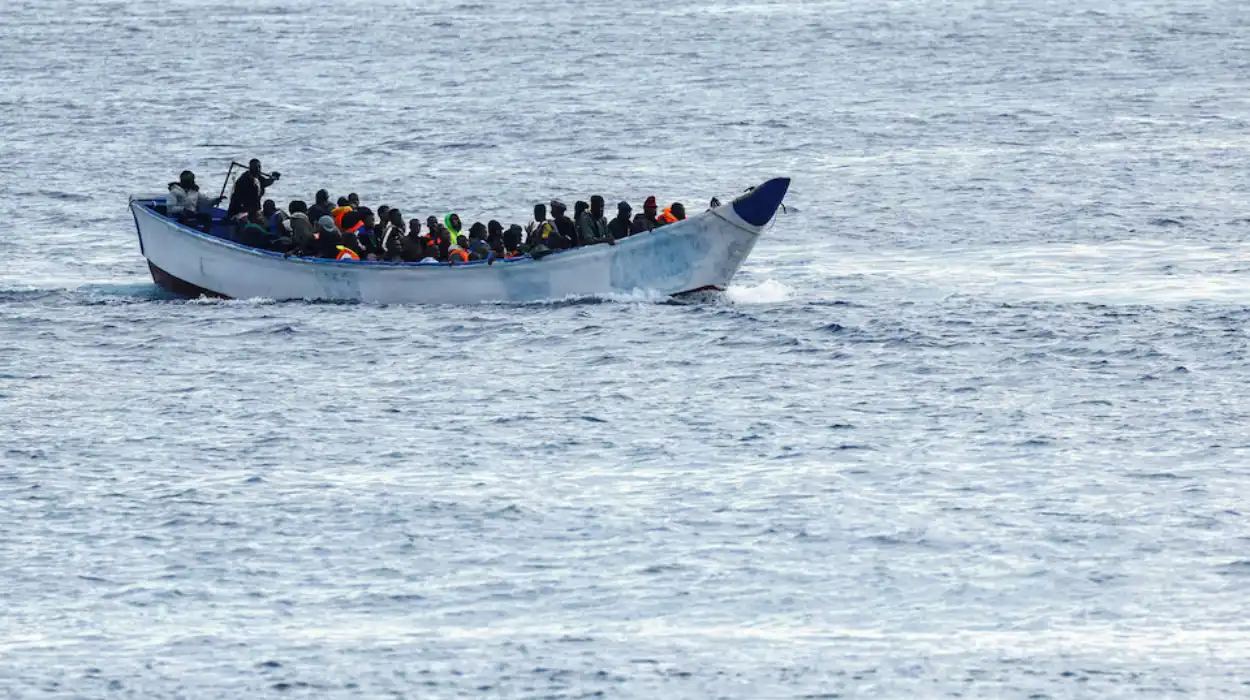Brussels (Brussels Morning Newspaper) – EU’s Border control agency Frontex said the total of irregular crossings to the EU for 2024 is at a low level last seen in 2021.
According to a news release, the European Border and Coast Guard Agency, also known as Frontex, said new preliminary data for Frontex indicated that irregular border crossings into the European Union were 38% down in 2024 to a level since 2021 when the COVID pandemic still influenced migration.
According to the agency, the decline in the total number was largely driven by a 59% drop in arrivals through the Central Mediterranean route and a 78% decline in reports on the Western Balkan route. Further, Central Mediterranean route crossings decreased by 59% due to more occasional departures from Libya and Tunisia. Despite the substantial reduction, this course still accounted for approximately 67,000 crossings, the second most elevated among all routes.
The western Balkan route witnessed a strong 78% drop, followed by intense efforts by regional governments to stem the flow. In the Eastern Mediterranean route, detections increased by 14% to 69,400, caused by new passages from eastern Libya, with migrants mostly from Syria, Afghanistan, and Egypt. In the Western African route, the Canary Islands witnessed an 18% growth in arrivals to nearly 47,000, the tallest figure since Frontex started gathering data in 2009. Departures from Mauritania drove this, although departures from other places fell.
How did COVID-19 restrictions impact migration trends since 2021?
In contrast, as of 2021, the unauthorized crossing of the border to the European Union experienced a significant rebound compared with past years. This was part of a larger trend of increasing migration following the very low pandemic-driven numbers of 2020. It was reported that irregular border crossing into the European Union was up by 57% in 2021 over the prior year.
Approximately 200,000 irregular entries were reported at the external borders of the EU, taking the migration flows close to pre-pandemic figures. The increased number of irregular crossings is a result of the relaxation of COVID-19 restrictions that were limiting movement and migration. In fact, upon opening the borders, many of those who had been waiting in line to move acted.




